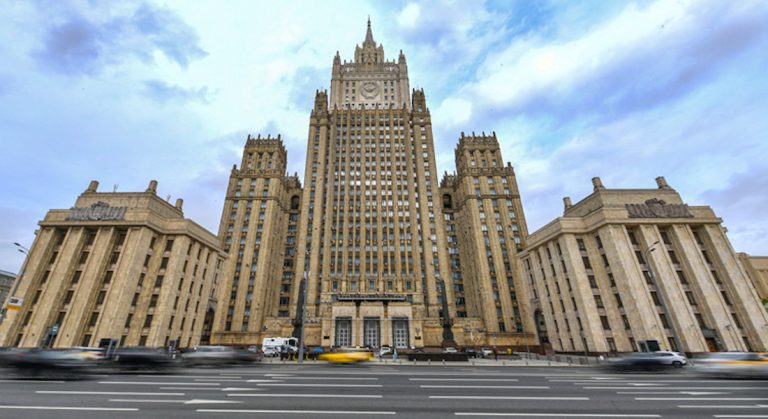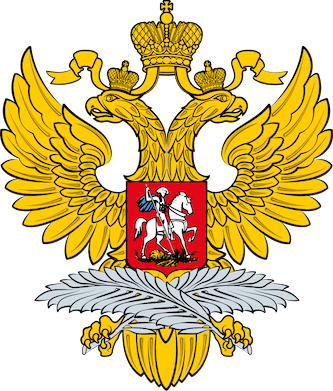
Under Foreign Minister Sergey Lavrov, the MID has faced scrutiny for its assertive policies, including the 2014 Crimea annexation and the 2022 Ukraine invasion
Moscow – The Russian Ministry of Foreign Affairs (MID) is a cornerstone of the country’s diplomatic operations, housed in a striking Stalinist-era skyscraper in Moscow.

This institution plays a pivotal role in shaping Russia’s international relations, negotiating treaties, and representing the nation abroad. But what exactly happens inside this iconic building, and what is its historical significance?
What Is the Russian Ministry of Foreign Affairs?
The MID is the government body responsible for implementing Russia’s foreign policy. Led by the Foreign Minister—currently Sergey Lavrov—it manages diplomatic relations, issues visas, negotiates international agreements, and coordinates with embassies worldwide. The ministry advises the Kremlin on global affairs and represents Russia in organizations like the United Nations and BRICS.
What Occurs Inside the Building?
The Moscow headquarters is a hub of diplomatic activity. Key functions include:
- Policy Formulation: Officials draft foreign policy strategies for presidential approval.
- Diplomatic Communications: The ministry liaises with foreign embassies and handles crisis diplomacy.
- International Negotiations: Treaties, trade deals, and security discussions are conducted here.
- Consular Services: Though most public services are handled elsewhere, high-level consular decisions are made in the building.
- Press Briefings: The MID regularly updates media on Russia’s diplomatic stance.
History of the Building
The ministry’s main building, one of Moscow’s Seven Sisters Stalinist skyscrapers, was completed in 1953. Designed by architects Vladimir Gelfreikh and Adolf Minkus, its imposing 27-story structure symbolizes Soviet-era grandeur.
Initially, it also housed the Ministry of Foreign Trade. During the Cold War, it was a nerve center for Soviet diplomacy, hosting critical negotiations with the U.S. and Europe. Post-USSR, it became the diplomatic headquarters of the Russian Federation.
The building’s interior features marble halls, historic meeting rooms, and Soviet-era décor, blending functionality with political symbolism. A 2016 renovation modernized infrastructure while preserving its heritage.

Modern Role and Controversies
Under Lavrov, the MID has faced scrutiny for its assertive policies, including the 2014 Crimea annexation and the 2022 Ukraine invasion. The ministry defends these actions as protecting national interests, while Western nations impose sanctions in response.
Despite tensions, the MID remains central to Russia’s global engagements, from Middle East diplomacy to energy partnerships with China. Its work—whether praised or criticized—continues to shape international dynamics.
What Happens Inside Russia’s Ministry of Foreign Affairs? (April 27, 2025)
#RussianForeignMinistry #MoscowDiplomacy #RussiaDiplomacy
#ForeignAffairs #MoscowGovernment #DiplomaticHistory
#RussiaPolitics #GlobalDiplomacy #KremlinForeignPolicy
Tags: Russian Ministry of Foreign Affairs, Moscow government buildings,
Russian diplomacy, Sergey Lavrov, Soviet architecture, Russian foreign policy,
diplomatic history, international relations, Russian politics, Moscow landmarks
